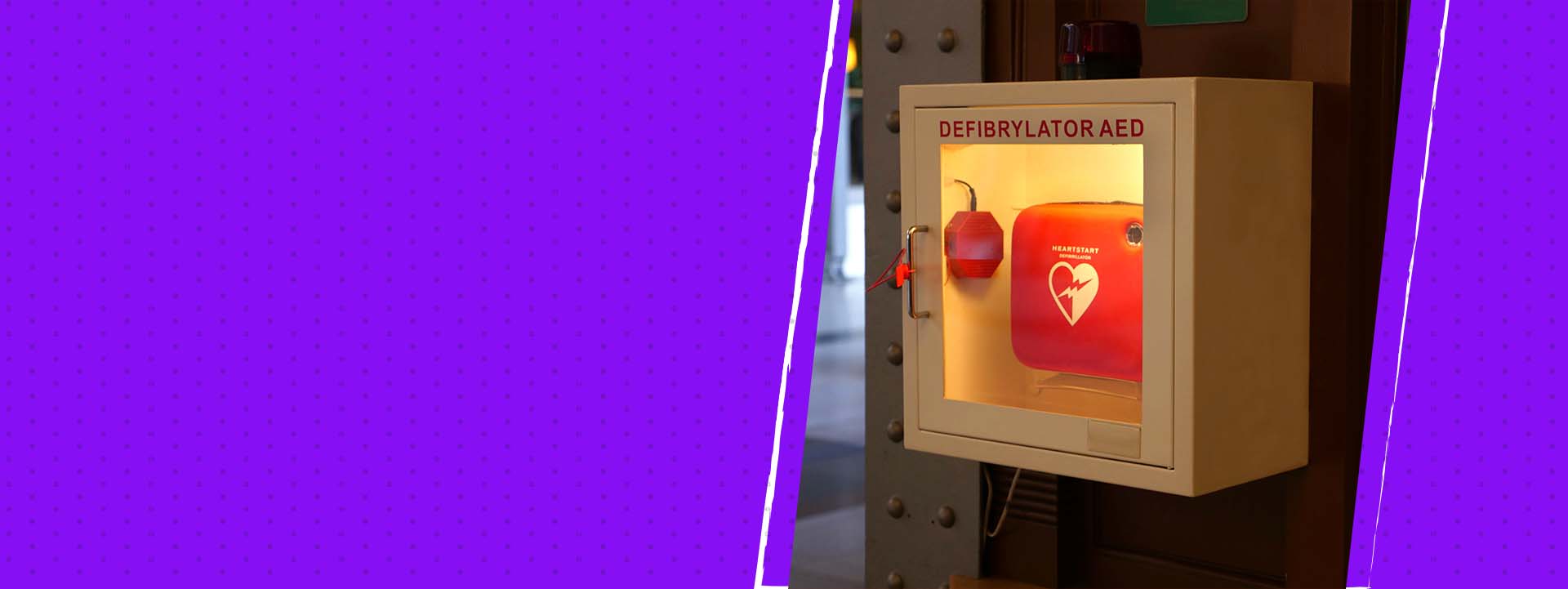Overview
In India, most people do not know how to respond when someone collapses suddenly. The majority of SCD (Sudden Cardiac Deaths) events occurred at home and were witnessed in 85% of cases. The mortality rate for children presenting to the emergency department after Sudden Cardiac Arrest is approximately 90 per cent. The incidence of deaths due to sudden cardiac arrests is estimated to be 7 lakhs per year, which makes it over 1,900 deaths per day. Also, most sudden cardiac death events occur outside the home.
95% of those who experience Sudden Cardiac Arrest die because they do not receive life-saving defibrillation or AED within 4 to 6 minutes, before brain and permanent death starts to occur. Cardio-vascular diseases contribute to 28.1% of total deaths and 14.1% of total disability-adjusted life years.
With a large population size and densely crowded public spaces, there are strong indicators for the growing incidence of sudden cardiac events in the country. This makes the installation of AEDs in public places important. Automated External Defibrillators or AEDs are portable electronic medical devices to detect life-threatening cardiac activity such as irregular heartbeats and pulselessness and revive the heart by defibrillation or the application of electricity to restore effective cardiac rhythm.
AEDs can be placed alongside fire-extinguishers or at similar locations in Schools, Colleges, Institutions, large buildings, markets, malls, and public places, AEDs could be placed centrally and at entry and exits or security rooms. Installing AEDs should be made mandatory in railway stations, airports, metro stations, and bus terminals, in traffic police vehicles, patrolling cars, ambulances and security officials/ operators should be trained to operate AEDs
Installing AEDs in such high numbers would have financial implications, but that's a small price to pay for saving lives.




